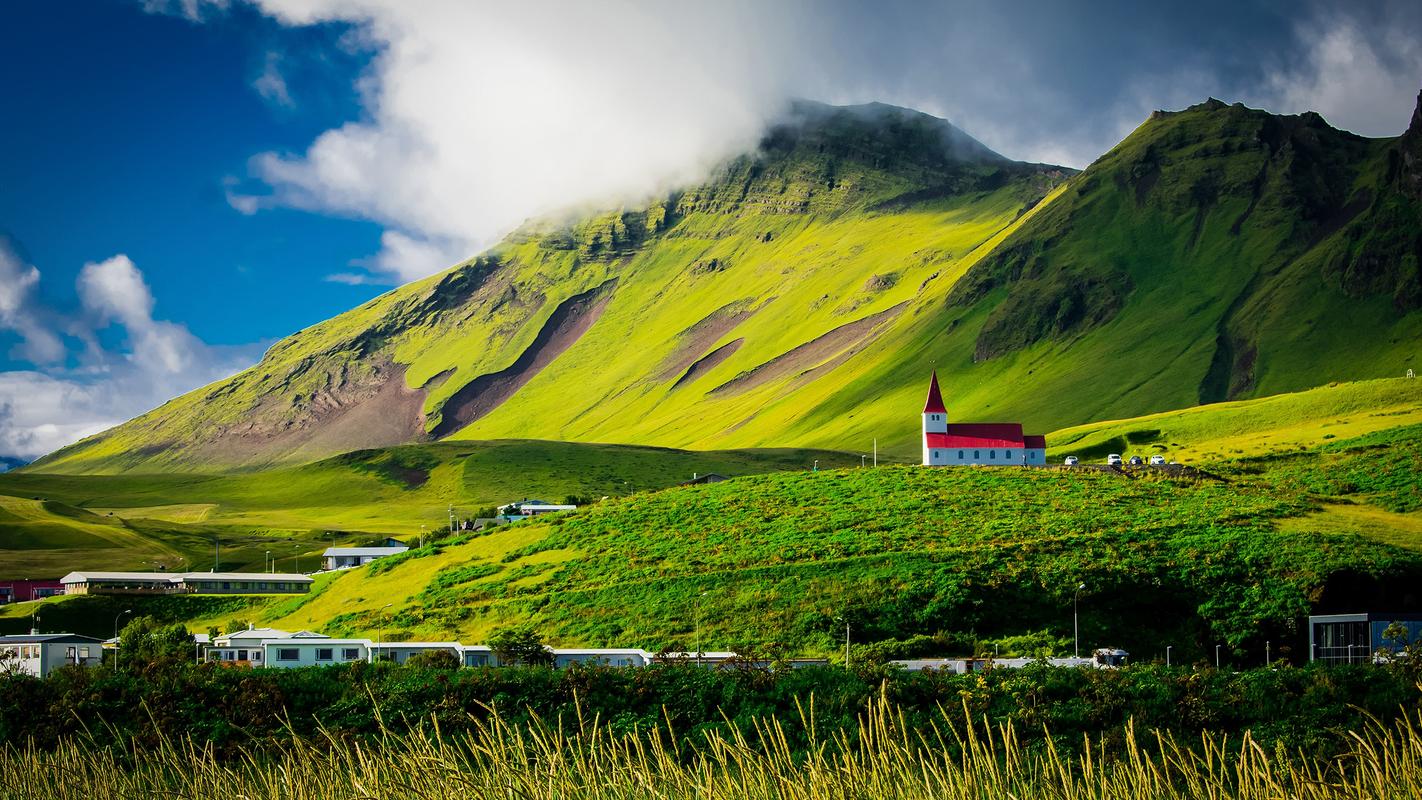Breaking Barriers: Understanding the Diversity of Cultural Customs and Traditions
When it comes to cultural diversity, it’s easy to see the differences among people from different countries, regions, and even cities. However, what outsiders may fail to recognize are the actual customs and traditions that determine the wide variations that we see around the world. These customs and traditions are often deeply ingrained in the fabric of society, having evolved over time along with political, religious, and other factors.
What Are Customs and Traditions?
Customs and traditions are pre-established societal norms that dictate people’s behavior in various settings. Customs refer to general practices and habits while traditions involve specific behaviors performed in specific locations or at specific times. These customs and traditions are passed down from generation to generation and are often influenced by religion, politics, and geography.
Why are Customs and Traditions Important?
Customs and traditions give people a sense of identity and belonging. They provide a framework for behavior and help to maintain social order both within and between different communities. These norms help to maintain the cultural, social, and religious fabric of societies, and shape the way people live their lives.
Examples of Cultural Customs and Traditions
Every culture in the world has its unique customs and traditions, some of which may seem unusual or even bizarre to outsiders. For instance, in Japan, it’s customary to bow instead of shaking hands in formal or business settings. In Spain, it’s customary to kiss on both cheeks when greeting someone, even as a complete stranger. In India, guests are often greeted with the Namaste gesture, a traditional way of welcoming visitors.
The Importance of Understanding Diversity
In today’s interconnected world, it’s essential to understand and appreciate cultural diversity to work effectively and respectfully with people from different cultures. Diversity helps to build empathy, promote tolerance, and encourage cross-cultural communication, leading to a deeper understanding of the world around us. It’s essential to recognize that everyone’s customs and traditions are deeply ingrained and must be respected, even if they seem strange or unusual.
The Impact of Globalization
The world is increasingly becoming more globalized, with the movement of people, goods, and services crossing borders more easily than before. While globalization has connected people from different cultures, it has also led to the homogenization of cultural norms and traditions. This phenomenon threatens to erode cultural diversity worldwide, which makes it more important than ever to appreciate, respect, and preserve cultural diversity in all its forms.
Conclusion
Breaking down the barriers created by customs and traditions is not an easy task, but it’s a necessary one. Understanding and appreciating the diversity of customs and traditions worldwide can contribute to a more peaceful, harmonious, and interconnected world. As we continue to navigate the complexities of a rapidly changing world, it’s essential to remember that we are all part of one global community, sharing a planet that is home to a rich tapestry of customs, traditions, and cultures.
(Note: Do you have knowledge or insights to share? Unlock new opportunities and expand your reach by joining our authors team. Click Registration to join us and share your expertise with our readers.)
